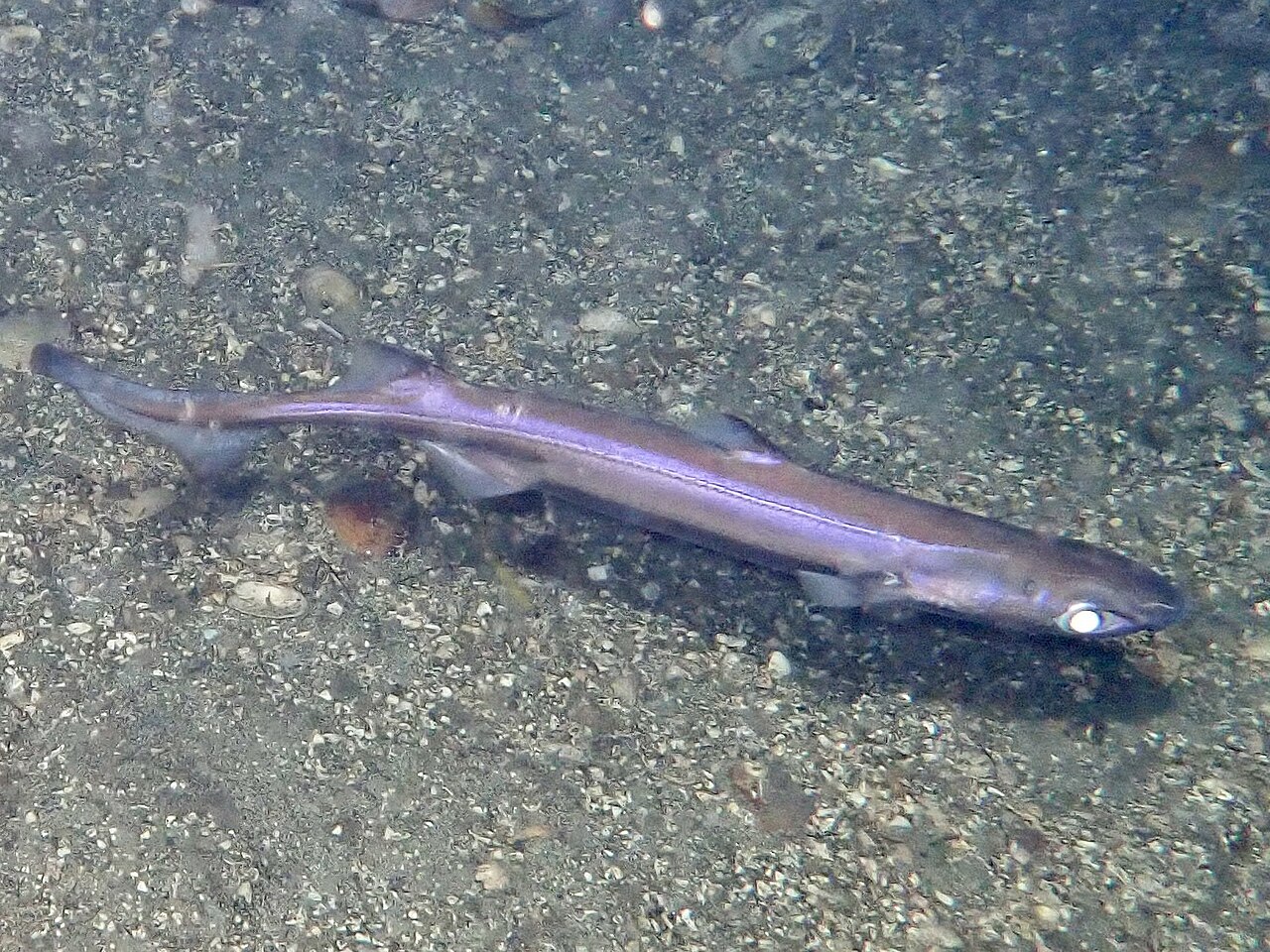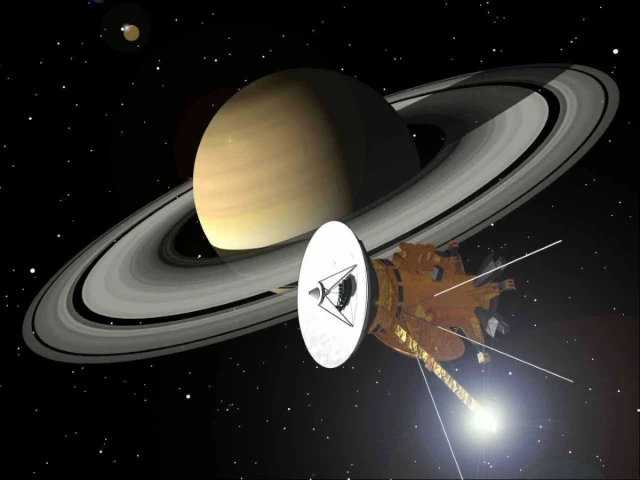- World’s largest iceberg A23a may vanish by late 2025 news.cgtn.com
- NASA Captures Stunning Images of a Titanic Iceberg’s Collapse SciTechDaily
- A Silent Danger The Nation (Pakistan )
- NASA Satellite Captures Heartbreaking Visuals of the World’s…
This month’s full moon falls on different days, depending on where you are in the world. In E.T., the full moon will reach its peak late in the day, 11:47 p.m. on Oct. 6. However, in BST, the peak…





